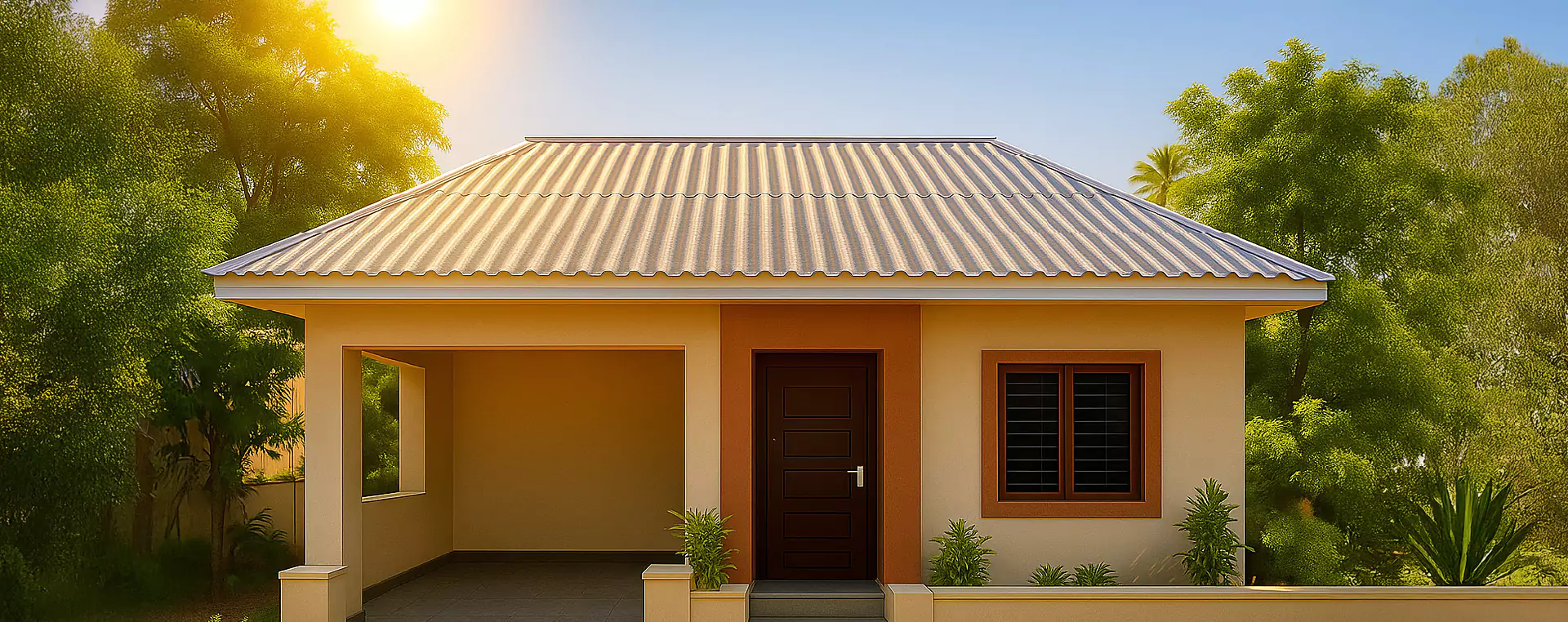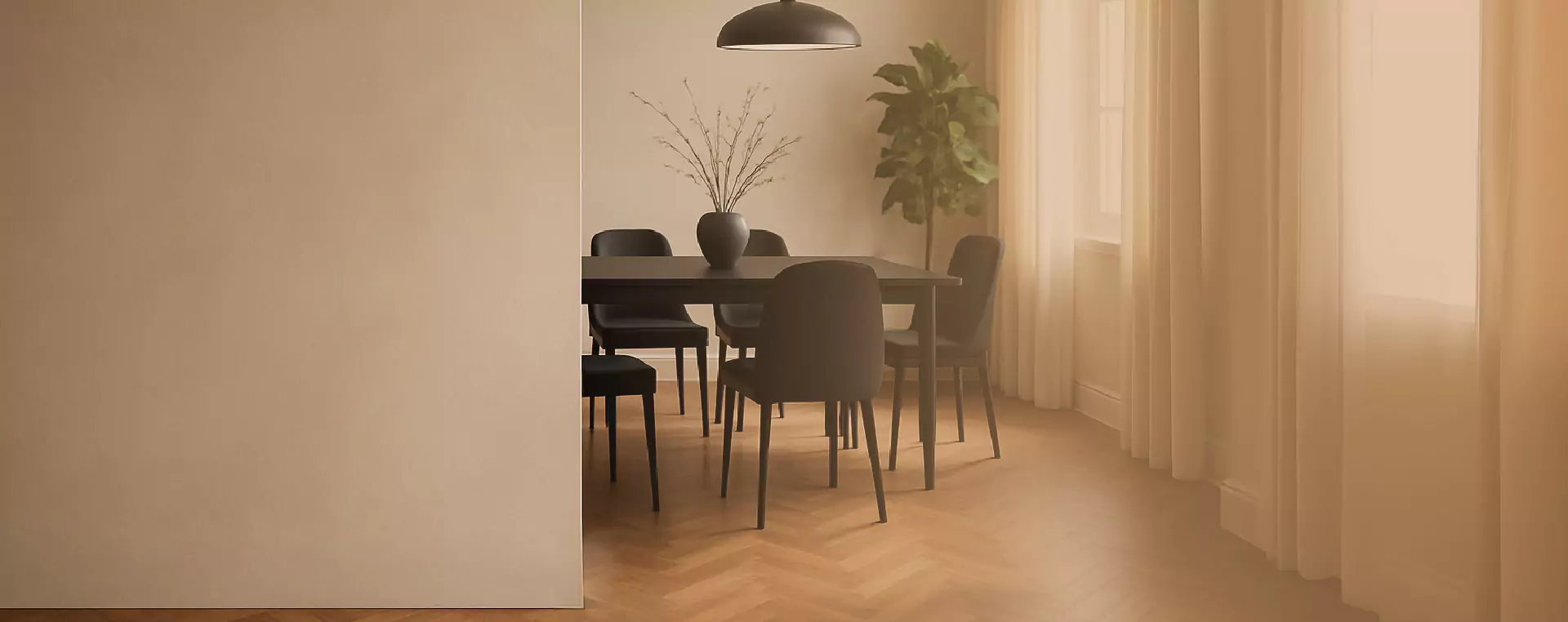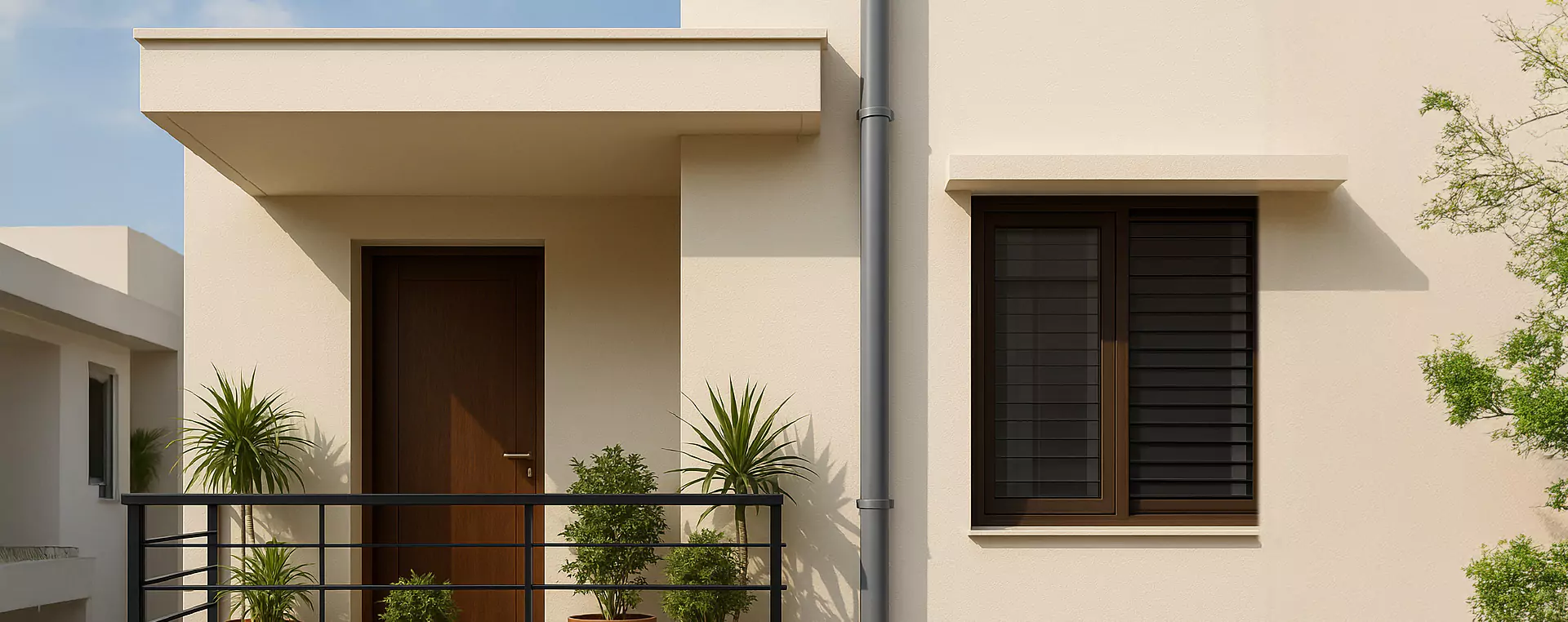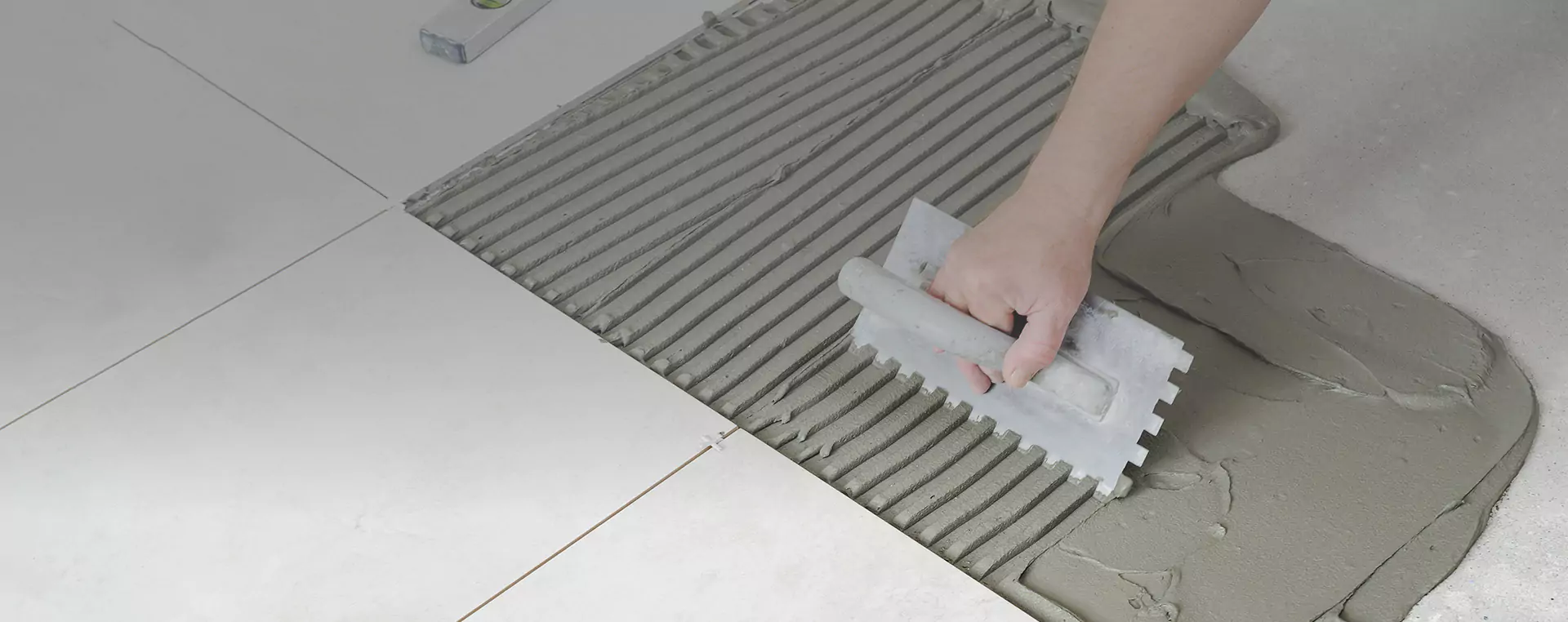Leaks are not just nuisances; they drain resources and money. In India, urban utilities lose nearly 38% of potable water to non-revenue water (NRW), which includes leaks, theft, and metering errors.
Leaks in distribution systems worldwide can vary between 10% and 55% depending on pipe age, material, and pressure conditions. Given such high losses, plumbing choices and preventive design matter immensely.
What commonly causes pipe leakage in plumbing systems?
- Poor jointing and weak fittings: Even if pipes are strong, misaligned or loosely fitted joints can become leak points over time.
- Corrosion, scaling & degradation: Metal and low-quality pipes corrode, develop pinholes, or erode internally, especially in aggressive water conditions.
- Thermal expansion and contraction: Repeated heating and cooling cycles stress the pipe materials and fittings, creating micro-cracks.
- Pressure surges and hydraulic shock: Sudden spikes or drops in pressure stress the system, especially where fittings or transitions are weak.
- Poor installation practices: Improper cutting, lack of chamfering, and debris inside pipe ends can compromise seals and gaskets.
- Aging infrastructure & material fatigue: Pipes degrade over years. Many plumbing systems installed decades ago now have weakened joints, making them prone to leaks.
What modern pipe technologies help prevent leaks?
- CPVC with TruFiT jointing: BirlaNu’s CPVC pipes are engineered for both hot and cold-water plumbing. The proprietary TruFiT Technology ensures perfect alignment between pipes and fittings, eliminating micro-gaps that cause leaks. These joints form a strong, long-lasting seal, reducing the need for frequent repairs.
- uPVC with OBS (Organic Based Stabilizers): BirlaNu’s uPVC pipes are manufactured using OBS (Organic Based Stabilizers), making them free from heavy metals like lead, cadmium, or tin. This not only ensures safer water for households but also extends pipe life by resisting scaling and corrosion. Combined with TruFiT, these uPVC pipes deliver a leakproof, hygienic, and sustainable plumbing solution.
- Leakproof design across applications: Whether in home plumbing or irrigation systems, BirlaNu’s “leakproof” range is built for reliability. Precision fittings, smooth inner walls that prevent clogging, and high resistance to pressure surges all work together to minimise leakage risks.
- High-performance fittings and accessories: Durable fittings with reinforced sealing rings further improve joint reliability. By combining OBS technology with TruFiT joints, BirlaNu creates systems that are not just easy to install but also proven to be leak-resistant over decades.
How do you plan plumbing to stay leak-free?
- Use correct material for the job: CPVC for hot water, uPVC for cold.
- Choose fittings designed for tight seals (e.g. TruFiT).
- Include expansion loops near heat zones to absorb thermal movement.
- Use pressure regulators or surge arrestors to prevent hydraulic shock.
- Ensure clean, deburred pipe ends before joining to avoid damaging seals.
What benefits follow preventive plumbing choices?
- Fewer leak repairs & lower maintenance costs: Avoiding leaks avoids expensive callouts and structural damage.
- Water conservation & energy savings: With global leakage levels between 10–55%, preventing leaks helps conserve vast amounts of water.
- Better system life and performance: Leak-resistant materials and joints last longer, giving peace of mind to homeowners and developers.
The bottom line: Preventive choices lead to leak-free systems
With high water loss percentages and rising repair costs, designing plumbing systems to prevent leaks up front is no longer optional. Use trusted materials like BirlaNu CPVC and uPVC with TruFiT jointing, plan for movement, and monitor with modern leak detection tools. These steps protect your investment and deliver the reliable water systems today’s buildings demand.
FAQs
Which piping material is least likely to leak?
High-quality CPVC and uPVC with proper joint systems are less prone to leaks than older metal or mixed systems, especially when paired with technologies like TruFiT.
How often should plumbing systems be inspected?
At least once a year. Early detection of dampness, small drips, or pressure loss helps prevent bigger failures.
Can leak detection tech save money?
Yes. The growing market for pipeline leak detection (USD 92.56M in 2024) shows many utilities are finding ROI in smart systems.
Do more expensive pipes guarantee no leaks?
Not automatically. Even premium pipes can leak if installation is poor. The right material, joint system, and care are equally important.






